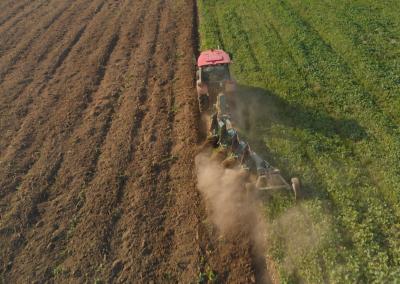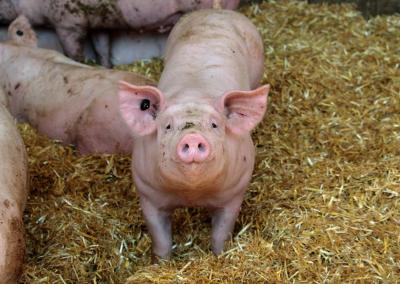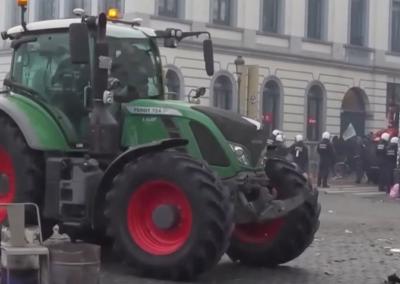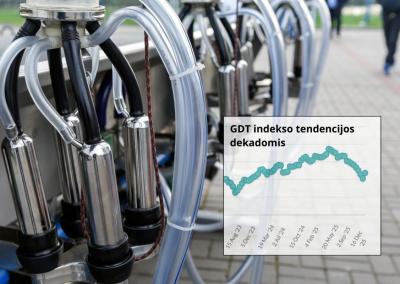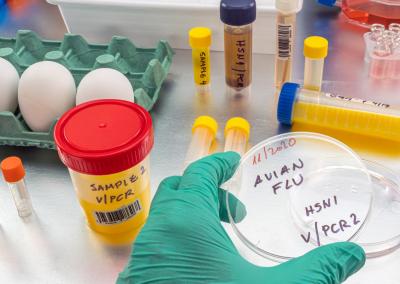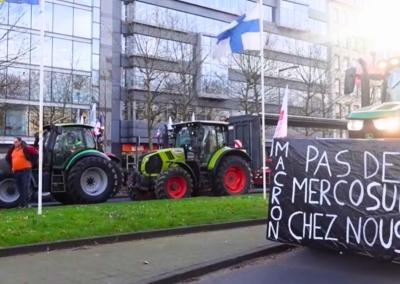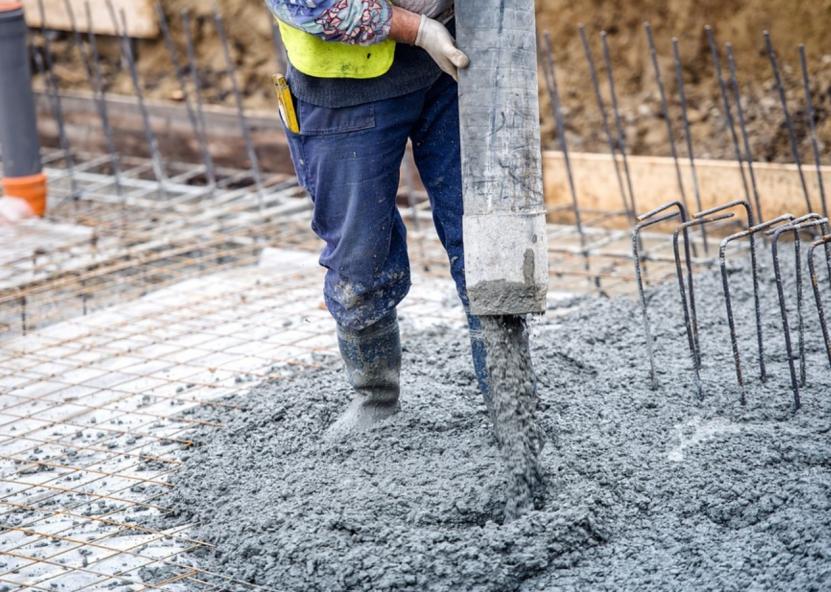How to check the quality of concrete before using it for construction on a farm
The quality of the concrete mix is always an issue, as there are times when you need to make a concrete structure, both on the farm and on your own land. When we prepare our own concrete mix, we can be sure that we have kept the proportions of all the components. But the quality of the dry concrete we buy ourselves does not always make us feel confident.
Because the concrete in the package has been prepared out of our sight and without our control, we are told to rely only on the concrete mix's "technical passport". Even if the manufacturer is honest and produces quality concrete, no one can guarantee that the manufacturer's representative and his drivers will deliver the exact brand of concrete we ordered. It is quite possible that low quality concrete will be delivered to the site, even if it is in a good package with the correct branding.
Typically, all concrete inspections and tests (including laboratory tests) are carried out after the mix has hardened. But what if the concrete is found to be of poor quality? Demolish the foundations and slabs that have been made?
Theoretically, one could advise the concrete client to visit the plant personally and observe and control with his own eyes the preparation of the fresh mix ordered and the pouring of the concrete into the concrete mixer tanker... But this is almost impossible to do. And not every customer knows the technology of concrete production and is unlikely to be allowed into the plant.
It is known that it is impossible to determine the exact grade (brand) of liquid concrete. Even an experienced builder will not be able to tell by sight that this fresh concrete is B 10 and that concrete is B 15 or B 20. But experienced concrete professionals advise you on how to determine for yourself that the concrete you have bought is not of low quality. There are a few easy ways to do this.
Concrete quality by colour
Traditionally, good dry loose concrete is always grey in colour (a bluish tint is possible). Quality yellow, red or purple concrete does not exist. Therefore, if the mix is light brown, red, pink, yellow or beige in colour, it means that the concrete arriving is really poor quality. These shades indicate a high sand content and dirty unwashed components. Such a mix may have a concrete grade lower than M100 (B 7,5). A high sand content or dirty aggregate will significantly reduce the strength of the concrete.
Blackness indicates a significantly higher cement content in the mix. And such concrete is definitely a higher grade.
The fluidity of a concrete mix gives away the quality
In the concrete profession there is such a thing as cone compaction. It is measured in millimetres by observing the compaction that takes place in the cone mould of the freshly prepared concrete mix. A cone cut to 305 x 203 x 102 mm and filled with concrete is used to test the compressibility of the mix under laboratory conditions.
The filled cone shall be inverted on a flat surface, the mixture shall compact naturally and its plasticity properties shall be evaluated by the slump of the concrete cone. Compressibility class S1 – with a cone slump of 10-40 mm. Class S2 has a slump of 50-90 mm. S3 – 100-150 mm and S4 – 160-200 mm.There is a simplified analogue of this test where the cone compression can be judged using a spade. At S4, the mixture itself slides off the shovel plate. At a slump of S3, the mixture slides off the slightly inclined spade. A mixture with slope S2 will slide off a tilted shovel if it is shaken slightly, whereas S1 will not slide at all. The ideal is a sliding between S2 and S3.
The water/cement ratio is always lower when mixing in a concrete plant than when making concrete on your own “at home" and the plasticity of the mix is always achieved by the introduction of special admixtures rather than water. The important thing here is to ensure that the consistency of the mix, when it slides off the shovel, has neither cracks nor delamination.
Crete delamination – poor quality
Concrete delamination (delamination) – is the rupture of components when heavy components separate from the cementitious milk. The mass must be homogeneous and the aggregate (rubble) must not separate from the main mass. This is usually seen when pebbles from the concrete mixer separate from the mix, which means only one thing – there is too much water in the mix.
The above tips may not always work, but they will work in most cases. Because nowadays concrete is mixed with all kinds of chemical additives, the real quality of the concrete is only visible after 2-3 days.


